The past continuous tense (also called past progressive) expresses:
- An ongoing action at a specific time in the past.
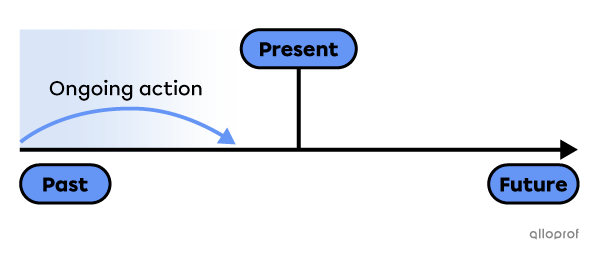
- An ongoing action interrupted by another action in the past.
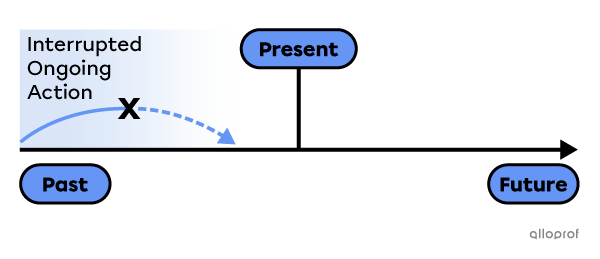
- Ongoing simultaneous actions in the past.
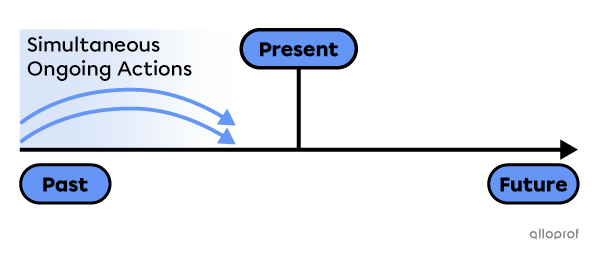
-
An ongoing action at a specific time in the past
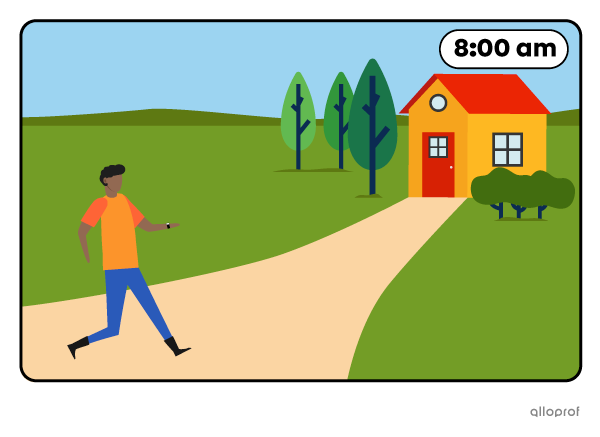
Yesterday at 8:00 am, Tom was walking to his favourite spot.
-
An ongoing action interrupted by another action in the past
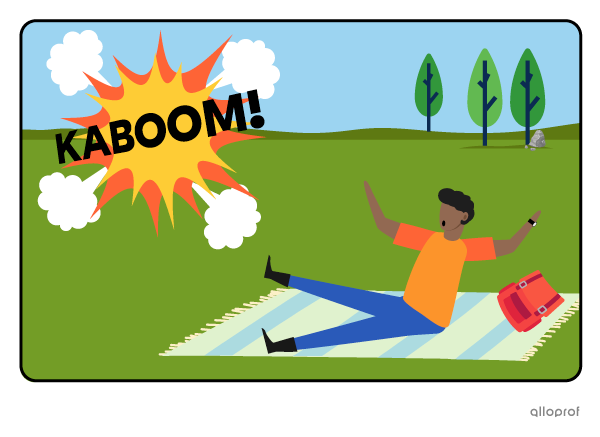
He was sleeping when a loud noise woke him up.
-
Ongoing simultaneous actions in the past
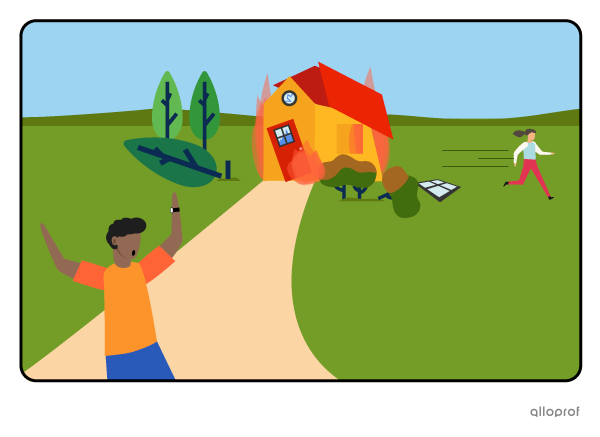
Nadia was running away while Tom was panicking in front of the destroyed house.
-
Setting the Tone
The past continuous can also be used to set the tone in descriptions.
For example:
Tom was running for his life. It was pouring rain. The street lights were flickering and his steps were echoing on the road’s hard surface. Nobody else was walking in the street.
Suddenly, a telephone in a booth at the corner of the street started to ring...
The narration will usually continue in the simple past.
-
Irritating Past Habits*

When Tom was younger, he was always drinking coffee in our living room.
*Past habits are used with keywords like always, constantly, forever.
-
Temporary Situations
The past continuous can describe situations in the past that were temporary or unusual.
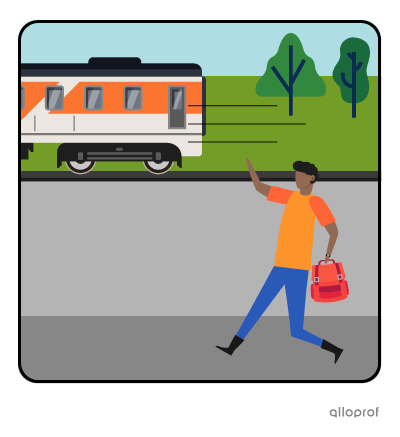
This morning, unlike other mornings, Tom was sprinting to catch his train.
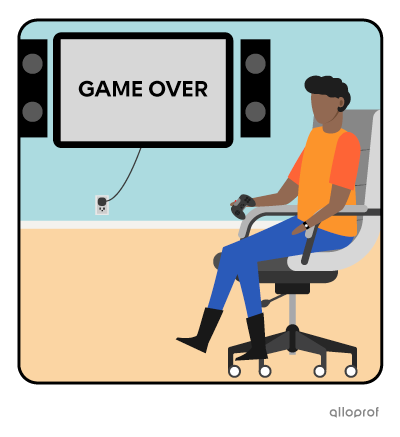
Last night, Tom was constantly losing every game he played. He usually played much better.
|
I |
was |
verb + ing |
|
he/she/it |
||
|
we |
were |
|
I |
was not wasn't |
verb + ing |
|
he/she/it |
||
|
we |
were not weren't |
|
was |
I |
verb + ing |
|
he/she/it |
||
|
were |
we |